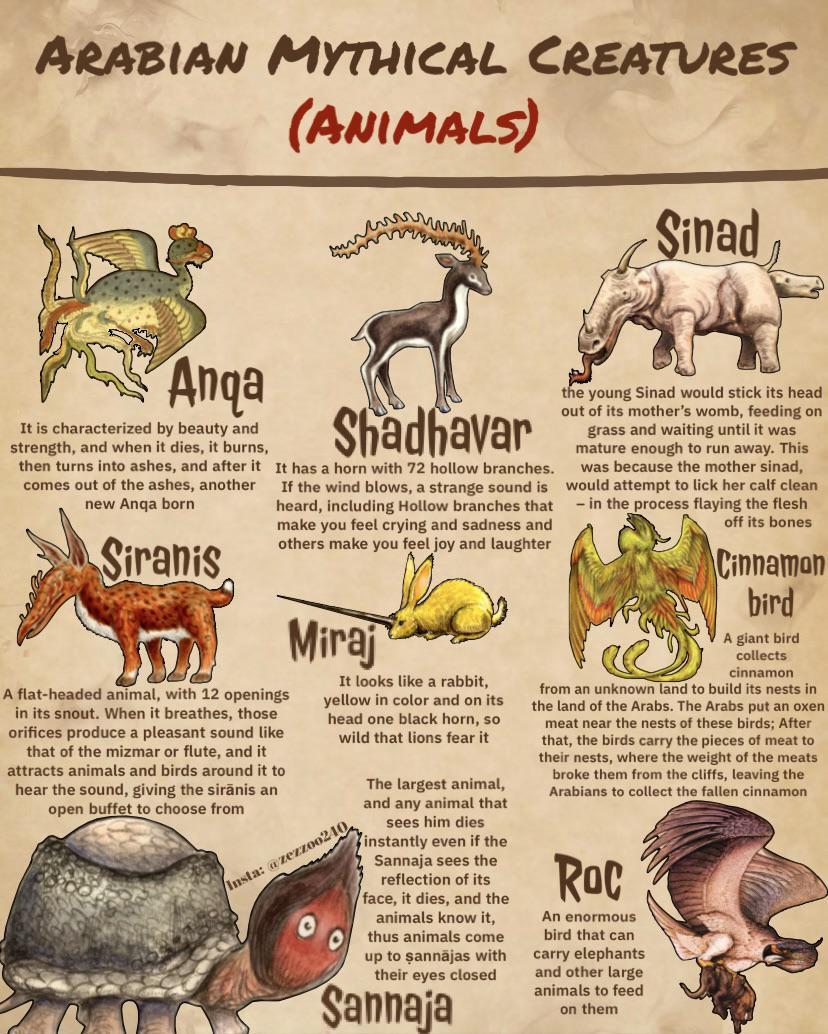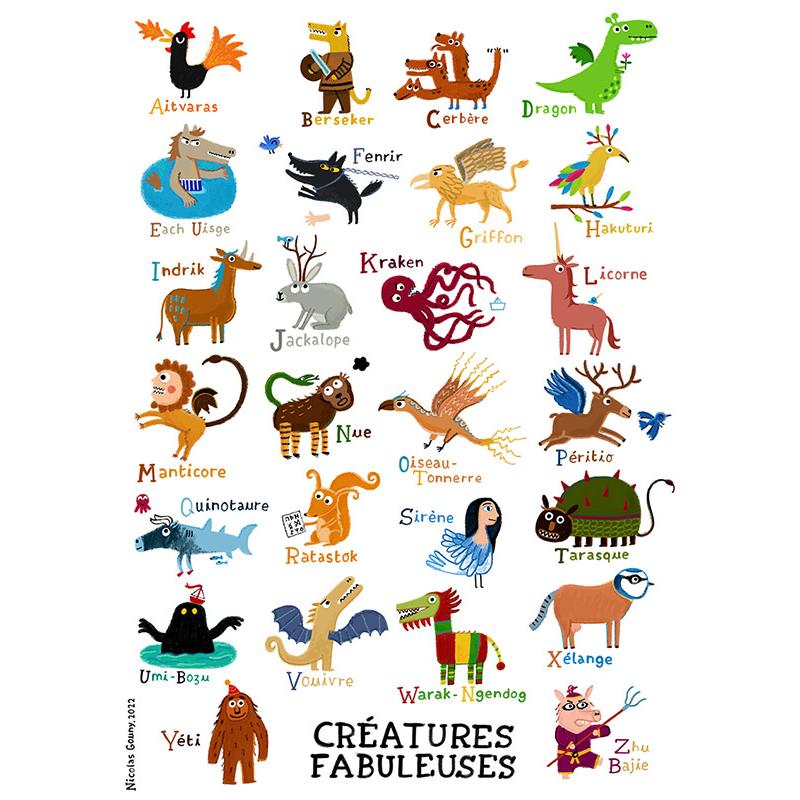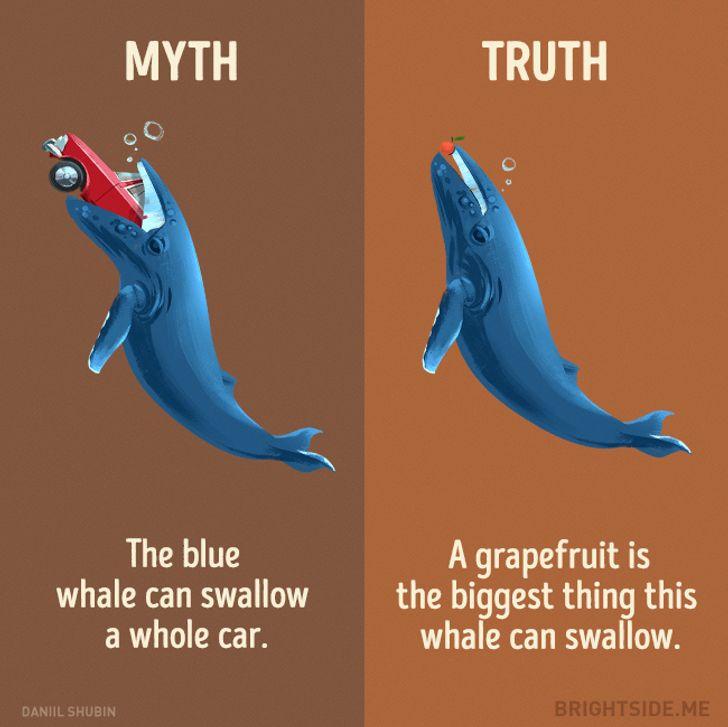In every corner of the globe, stories weave their way through the fabric of culture—tales as varied as the landscapes they emerge from, and as intricate as the lives they seek to explain. Among the most captivating of these narratives are those that center around animals, shifting from cherished companions to mythical beast. From the cunning fox of European folklore to the revered tiger of Asian traditions, these animal myths and legends serve as powerful reflections of human identity, values, and beliefs. Each story, whether whispered by the fireside or recounted in ancient texts, not only entertains but also imparts lessons, invokes caution, or evokes wonder. As we embark on a journey across diverse cultures, we will uncover the symbolic meanings and historical significance of these animal tales, revealing how they shape our understanding of the natural world and humanity’s place within it. Join us as we explore the rich tapestry of animal myths and legends, discovering the threads that connect us all through timeless storytelling.
Table of Contents
- Exploring the Origins of Animal Myths in Indigenous Cultures
- Unraveling the Symbolism of Legendary Creatures in Folklore
- The Impact of Animal Legends on Modern Conservation Efforts
- Bridging Cultures Through Shared Animal Narratives and Lessons
- In Conclusion
Exploring the Origins of Animal Myths in Indigenous Cultures

The rich tapestry of indigenous cultures around the world is often woven with vibrant animal myths that serve as a testament to the deep relationship between humans and the natural world. These myths are often rooted in the beliefs and values of the communities, reflecting their understanding of life, mortality, and the environment. For instance, in many Native American tribes, the coyote is a central figure—depicted as both a trickster and a wise teacher. Through stories of the coyote’s exploits, lessons about morality, resilience, and humility are imparted, highlighting the significance of learning from nature and the consequences of one’s actions.
Across different continents, animal legends vary but share common threads that illuminate the philosophical underpinnings of indigenous thought. In Australian Aboriginal cultures, the Dreamtime narratives feature creatures like the kangaroo and the emu, which symbolize creation and the interconnectedness of life. These stories often explore themes of sacredness and balance, illustrating how all beings coexist in harmony. The following table summarizes some key animals and their cultural significance in various indigenous traditions:
| Animal | Culture | Symbolism |
|---|---|---|
| Coyote | Native American | Trickster, Teacher |
| Kangaroo | Australian Aboriginal | Creation, Balance |
| Bear | Inuit | Strength, Courage |
| Raven | Pacific Northwest | Transformation, Mystery |
Unraveling the Symbolism of Legendary Creatures in Folklore

Throughout history, legendary creatures have captivated the human imagination, embodying complex themes and cultural values that resonate deeply within various societies. These mythical beings often serve as symbols of moral lessons, natural phenomena, or the subconscious fears of a community. For instance, the dragon, revered in East Asian cultures, symbolizes strength, wisdom, and benevolence, while in Western cultures, it often represents chaos and destruction. Such contrasting interpretations highlight how geography and context shape our understanding of these beings. Other creatures, like the phoenix, universally symbolize rebirth and renewal, illustrating the shared human experience of overcoming adversity.
The significance of mythical animals extends into the realm of spiritual beliefs, where they frequently act as protectors or messengers. In many Indigenous cultures, the wolf signifies loyalty and the importance of community, guiding people through their journeys of life. Conversely, in some European traditions, the raven is perceived as a harbinger of death, weaving a complex relationship between knowledge and mortality. This nuanced symbolism fosters rich narratives that traverse generations, reflecting the values, fears, and aspirations of cultures around the world. Below is a table showcasing several legendary creatures along with their corresponding symbolism:
| Creature | Culture | Symbolism |
|---|---|---|
| Dragon | East Asia | Strength & Wisdom |
| Phoenix | Various | Rebirth & Renewal |
| Wolf | Indigenous | Loyalty & Community |
| Raven | European | Knowledge & Mortality |
The Impact of Animal Legends on Modern Conservation Efforts
Animal legends do not merely exist within the confines of folklore; they have woven themselves into the fabric of modern conservation efforts. These rich stories inspire a profound respect and reverence for the creatures that occupy our planet. By highlighting the unique traits and mythical qualities attributed to animals, conservationists can foster emotional connections between people and wildlife. This emotional resonance is crucial in encouraging communities to protect endangered species and their habitats. Some examples of how these legends play a role in conservation include:
- Community Engagement: Local myths often involve animals that are integral to cultural identity, prompting communities to invest in their protection.
- Education Initiatives: Programs that incorporate traditional stories into their curriculum can raise awareness about the environmental challenges facing these animal species.
- Symbolic Representation: Animals from folklore can serve as mascots or symbols for conservation campaigns, aiding in fundraising and awareness efforts.
Through the lens of animal legends, we can also create a broader understanding of biodiversity and its importance. These narratives often encapsulate traditional ecological knowledge, offering insights into sustainable practices that have been passed down through generations. By aligning conservation strategies with these time-honored stories, organizations can bridge cultural divides and promote a sense of ownership among local populations. For instance, the following table illustrates how specific animal legends have been employed in conservation initiatives:
| Animal | Legend | Conservation Impact |
|---|---|---|
| Japanese Koi | Symbol of perseverance | Promoted habitat restoration in freshwater systems |
| American Bald Eagle | National symbol of freedom | Improved legal protections under the Endangered Species Act |
| Sacred Cows (India) | Embodiment of reverence | Increased focus on animal welfare and biodiversity |
Bridging Cultures Through Shared Animal Narratives and Lessons
Animal stories serve as a timeless dialogue between cultures, where myths and legends offer the world a mirror reflecting its diverse beliefs and experiences. From the cunning fox of European folklore to the revered tiger of Asian traditions, animals embody rich symbols that resonate across geographic boundaries. These narratives not only entertain but also encapsulate moral lessons and cultural values, forging a connection between disparate societies. They highlight the universal themes of wisdom, bravery, and transformation, revealing the interconnectedness of human experiences regardless of origin.
As these narratives unfold, we see a fascinating tapestry woven from various threads of traits attributed to animals throughout history. By examining stories such as the Native American coyote representing trickery or the African lion symbolizing strength and nobility, one can trace common threads that bind cultures together. This exploration enables a deeper understanding of how animal characters serve as vessels for cultural identity and moral teachings, encouraging a dialogue that transcends borders. Below is a concise overview of some key animals and their representations across different cultures:
| Animal | Cultural Representation | Moral Lesson |
|---|---|---|
| Fox | Europe: Cunning and cleverness | Wit can often triumph over brute strength. |
| Tiger | Asia: Power and bravery | Courage is essential to overcome challenges. |
| Coyote | Native American: Trickster and adaptability | Embrace change and learn from mistakes. |
| Lion | Africa: Leadership and majesty | True leadership requires responsibility and courage. |
In Conclusion
As we close our journey through the rich tapestry of animal myths and legends, it’s clear that these stories do more than entertain; they serve as a vivid lens through which we can examine the values, fears, and aspirations of diverse cultures. From the sly trickster fox of North America to the revered elephant in Indian lore, animals have long captured the human imagination, embodying complex traits that reflect our own identities and societal norms.
These tales often transcend geographical boundaries, demonstrating that, despite our differences, the fundamental questions about existence, morality, and the natural world remain universally relevant. Each myth serves not only as a cultural artifact but also as a reminder of our connection to the animal kingdom—a relationship that, in many ways, shapes our understanding of ourselves.
As we look to the future, it becomes increasingly important to preserve these narratives and the wisdom they impart. They encourage us to respect the creatures that share our planet and inspire us to create a harmonious coexistence. In a world where technological advances often pull us away from nature, revisiting these myths can rekindle a sense of wonder and admiration for the diversity of life around us.
So, while the stories may be steeped in fantasy, the lessons they impart are deeply rooted in reality. Let us continue to explore, understand, and honor the rich mosaic of animal mythology, for in doing so, we gain not only insight into other cultures but also a profound appreciation for the interconnectedness of all living beings.



